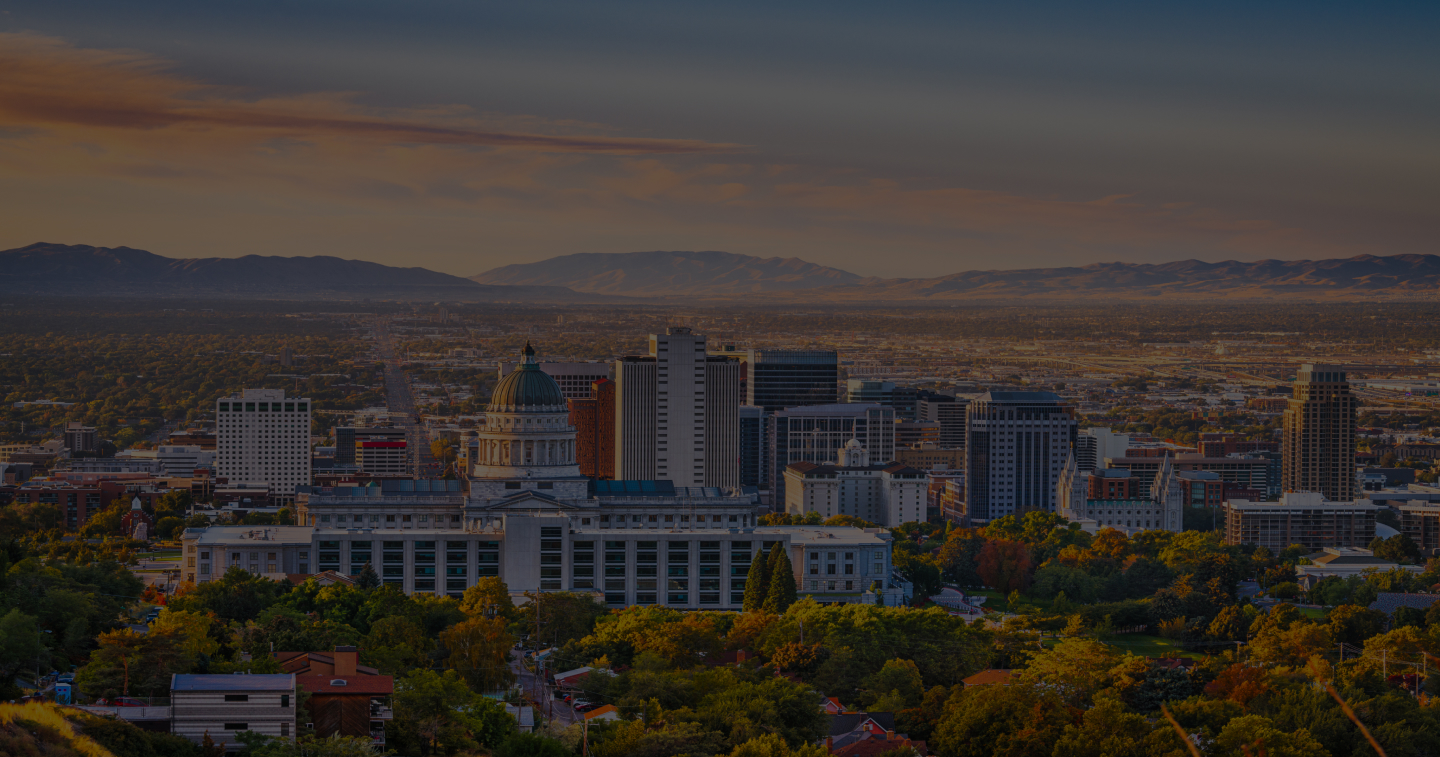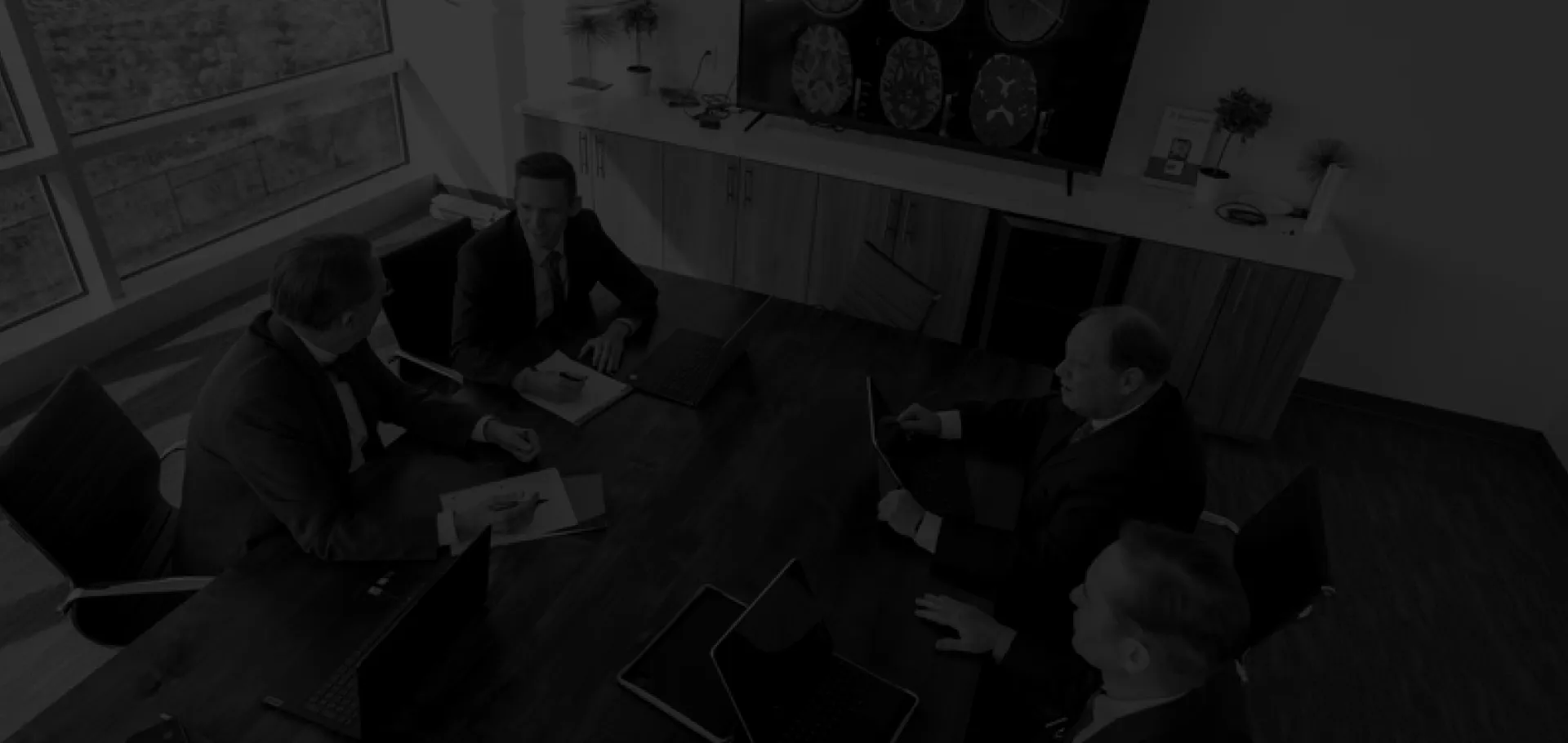July 2, 2025 | Personal Injury
When your life is turned upside down by someone else’s negligence, the path forward can feel uncertain. That’s where Parker & McConkie comes in — with decades of experience and a proven track record of success, our team is here to help victims and families get the justice they deserve. Whether you’ve been injured in […]
Read more
July 2, 2025 | Car Accidents
Tinted windows can make your car look great and keep it cooler in the summer. But in Utah, there are specific laws about how dark your window tint can be. If you don’t follow these laws, you could get pulled over or fined. This article will help you understand Utah’s window tint laws and what […]
Read more
July 2, 2025 | Personal Injury
Utah generally follows federal safety guidelines and best practices to determine when it’s safe for kids to ride in the front seat of a car. If you’re driving with children in Utah, it’s important to understand the law, safety recommendations, and potential penalties for non-compliance. Utah’s Child Passenger Safety Laws Utah law requires that children […]
Read more
July 1, 2025 | Uncategorized
In the wake of the disturbing Ruby Franke child abuse case, our very own Brian Stewart was featured in Attorney at Law Magazine offering legal insight on how Utah — and the nation — can better protect children from abuse masked as discipline or digital fame. Franke, a former family YouTuber, was convicted in 2024 […]
Read more
June 24, 2025 | Motorcycle Accidents
Motorcycle season is here in Utah, and with it comes increased risks on the road. In a June 23 interview with Castle Country Radio, Attorney Steven Jensen from Parker & McConkie shared vital tips to help riders stay safe—and know their rights—if accidents happen. 🎙️ Highlights from the Interview Why These Tips Matter Every year, Utah […]
Read more
June 20, 2025 | Personal Injury
What is an esquire? In medieval England, “esquire” was used to refer to a social rank below a knight but above a gentleman. In the United States, the term refers to a licensed attorney. Some people also use the post-nominal title “Esq.” as an abbreviation for a lawyer. The important point is that “esquire” refers […]
Read more
June 18, 2025 | Personal Injury
Delayed concussion symptoms often catch you off guard because they do not always appear immediately after a head injury. These symptoms require close attention to ensure proper treatment. Here’s an overview of the signs that may emerge after a delay, reasons for late symptom onset, and conditions that make these effects worse. Common Signs to […]
Read more
May 28, 2025 | Car Accidents
If you’ve been in a car accident, one of your biggest questions is probably, “How much is my case worth?” The truth is, there’s no simple answer. Every accident is different. The amount you can expect to get in a car accident settlement depends on the unique circumstances and several key factors. Here are the […]
Read more
May 26, 2025 | Car Accidents
In Idaho, whether you need a front license plate depends on the type of vehicle you drive. The state generally requires two license plates—one for the front and one for the back—but there are some exceptions. Knowing the rules can help you avoid tickets and clear up confusion when you’re shopping for a new car […]
Read more
May 23, 2025 | Personal Injury
When most people think of personal injury accidents, such as car crashes or falls, they often focus on visible injuries like broken bones. However, some of the most serious and life-altering damage involves the brain or spinal cord. If these areas are significantly injured, it can lead to conditions like hemiplegia, which can severely affect […]
Read more



